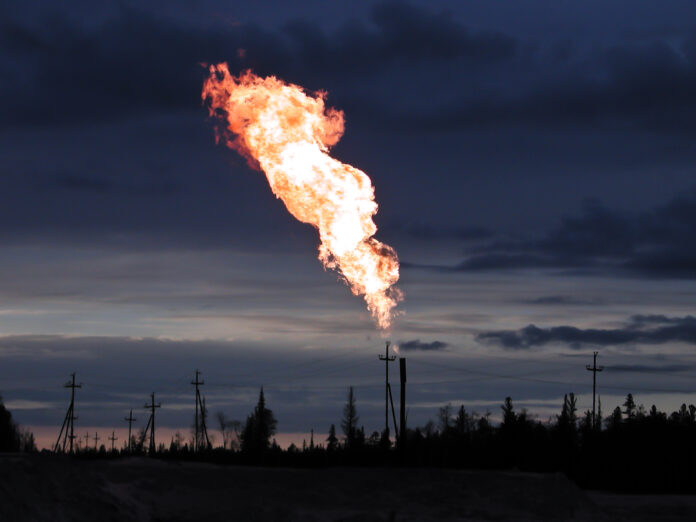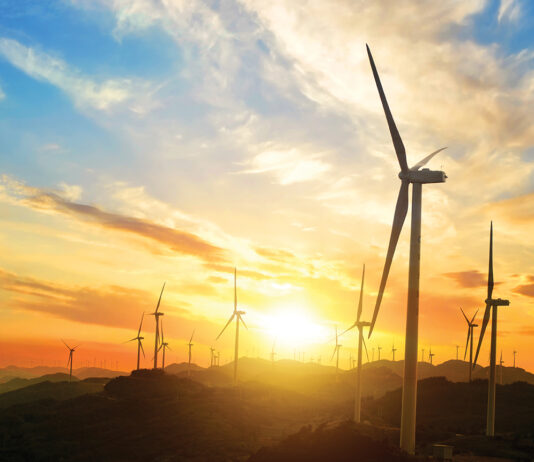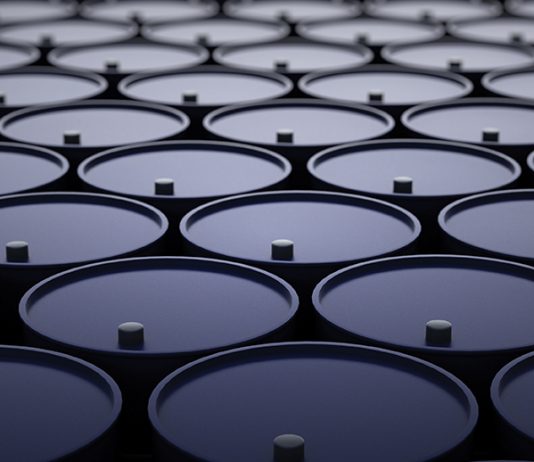
As pressure to curb carbon emissions mounts ever higher, oil and gas companies are looking at ways to reduce their CO2 output. The long-practiced technique of gas flaring is no longer acceptable in countries looking to dramatically reduce their impact on the environment, meaning that oil firms are rapidly looking to change their practices in a shift to lower-carbon operations.
Gas flaring is the practice of burning natural gas that is produced as a by-product in oil operations. The gas that is released into the atmosphere is typically deemed too expensive to re-use. The gas could potentially be used for power generation, but due to its low value, energy firms are often reluctant to invest in the technology required to capture and recycle the gas. This means that approximately 144 billion cubic meters of gas are flared each year, (enough to power the entire sub-Saharan Africa region) resulting in the release of 270 Mt of CO2 and nearly 8 Mt of methane (240 Mt CO2-equivalent) into the atmosphere.
A new study published in the journal Science this month found that gas flaring is not eliminating as much methane as previously believed. The lead author of the paper, Genevieve Plant, stated: “Our findings indicate that flaring is responsible for five times more methane entering the atmosphere than we previously thought.” Methane is more potent than carbon dioxide making this discovery deeply concerning.
Due to the recent shift in policy to combat climate change, oil and gas firms are feeling greater pressure to make their operations less harmful to the environment by reducing their greenhouse gas emissions. To keep competitive in a world of greater accountability, energy firms are developing strategies closely tied to enhanced environmental, social, and corporate governance (ESG) practices.
Not only is flaring gas harmful to the environment, but experts are also worried about its impact on the health of local communities. A 2022 paper, published in the Journal of Public Economics, on the health impacts of gas flaring in North Dakota discovered that people up to 60 miles away from oil operations can experience respiratory issues linked to flaring. These health issues are not only highly concerning for communities close to gas flaring sites, but they also have a knock-on effect on the economy. It is speculated that in regions of higher oil and gas activity, such as the Permian Basin, the effect on community health could be even worse.
This is not the first time that gas flaring has been blamed for its negative effect on health, as another 2022 paper discusses the link between gas flaring and premature deaths. It was found that “While flaring reduces the direct venting of the powerful greenhouse gas methane into the atmosphere, it also produces black carbon particles, also known as soot or particulate matter. These particles, smaller than 2.5 microns in diameter, can impair lung function and cause respiratory disease, heart disease and strokes.”
In 2021, five countries accounted for around half of all gas flaring volumes – Russia, Iraq, Iran, the United States and Algeria. While this practice has been viewed as the easiest way to get rid of low-value gas, due to recent natural gas shortages worldwide it may be more valuable to capture and re-use this gas – as well as better for the environment and public health. Under the Paris Agreement’s aim for net-zero emissions by 2050, all non-emergency flaring must end in 2030, equivalent to around a 90 percent reduction.
And oil firms are responding to the pressure to end flaring, with several U.S. firms investing heavily in carbon capture and storage (CCS) technologies in their oil operations to sequester gas to be stored or recycled rather than releasing it into the atmosphere. For example, in 2021, BP Plc said it planned to stop flaring gas in the busiest U.S. oil field. BP is one of the companies burning the most gas in the U.S., but the British oil major has plans to invest $1.3 billion in the construction of a massive network of pipes and other infrastructure to collect and capture natural gas produced as a by-product from oil wells in the Permian Basin of Texas and New Mexico. BP is aiming to eliminate routine gas flaring in its fields by 2025.
However, experts are suggesting much of the reporting from oil firms on a reduction in their gas flaring is highly exaggerated. A 2022 report from the World Bank indicates that gas flaring is stalling, and could ultimately lead to a failure to meet carbon emission goals. The organization found that oil firms worldwide have failed to halt flaring as oil production increased this year. Although, it did find that the U.S. was the only country out of the top five flaring countries to have reduced flare volumes while increasing production over the last decade, with its flare intensity falling by 46 percent.
Gas flaring remains a threat to the environment, public health, and energy security. Although mounting pressure to reduce greenhouse gas emissions has led to many oil and gas firms investing in CCS technologies, and a movement away from flaring practices, there is still a long way to go to stop routine gas flaring altogether, particularly beyond the U.S.
Put Together the Pieces in Oil and Gas with Shale Magazine
At Shale Magazine, we report on current events with the facts that matter most to oil and gas stakeholders. To gain fresh insights, make sure to check out our latest issues. You’ll find new opportunities for networking and events, see our one-on-ones with top industry execs, and all the latest news from upstream, midstream, and downstream.

Felicity Bradstock is a freelance writer specializing in Energy and Industry. She has a Master’s in International Development from the University of Birmingham, UK, and is now based in Mexico City.
If you would like to contact our staff writers, you can reach them at [email protected]

















The goal posts always move — operators were told that venting the methane-rich gas directly to the atmosphere was very dangerous to “the environment” and “global warming”. So they were forced into the expense of installing flares. That stranded gas needed to be burned because the resulting CO2 was 40 to 50 times less absorbing of infrared radiation than methane. Now flaring is “unacceptable”. There is a responsible use of that stranded gas in nearly every case.
“From Muscle Power to Carbon Empowerment” at principia-scientific.org > Gas-to-Liquid scalable Methane to Gasoline technology information